by Eric Tarosky
Music

Choro
Literally translated, the word “choro” is Portuguese meaning “to cry.” Originally, this style of music was performed by a trio of flute, guitar, and an instrument called a “cavaquinho,” a small guitar-like instrument with four strings. It had its beginnings in Rio de Janeiro in the 19th century. Today, the genre has expanded to include other instruments, such as mandolin, clarinet, saxophone, trumpet and trombone. It is generally characterized by having a fast, happy rhythm often times featuring improvisation.
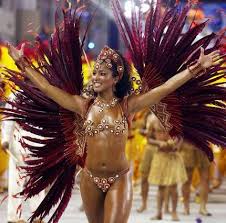 Samba dancer
Samba dancer
Samba
Samba is categorized as a dance genre, and was made popular by the opening of the first Brazilian radio station in 1929. Its roots run to the Bahia region, with some influence from the regions surrounding Rio de Janeiro. It is the musical styling most frequently associated with the Carnival celebration. It is considered by many to be the most popular musical genre in the country. Modern samba emerged after the Second World War and was largely influenced by the post-war culture of the United States, specifically big band elements like the inclusion of trombones, trumpets, flutes, and clarinets.
 Antonio Carlos Jobim
Antonio Carlos Jobim
Bossa Nova
Bossa Nova is a music genre distinguished by its fusion of smooth jazz with the slower beat of the samba. Its name comes from an old slang term that was used to reference anything done in a particularly smooth or charming manner. The genre evolved from the basic tenants of the samba but is generally less reliant on percussive elements. Instruments usually include guitar and piano and occasionally light percussion and orchestral strings. The infusion of electronic elements into mainstream music brought about some change to Bossa Nova in the mid-nineties, leading to the emergence of many songs featuring a more “nightclub” feel.
Literature
 Goncalves de Magalhaes
Goncalves de Magalhaes
Romanticism
Romanticism was one of the largest literary movements in Brazilian history. The movement began in the 1830’s largely from the efforts of a poet named Goncalves de Magalhaes, a prominent writer and a significant figure in the rise of the Brazilian theater. Other poets such as Casimiro de Abreu rose to prominence during this time and produced some of the most widely recognized pieces of authentically Brazilian literature. In addition to this, this time period helped to define elements of Brazilian nationalism, as it celebrated the nation’s natural elements, as well as other defining features like colloquial speech. Other significant authors included Jaoquim Manuel de Macedo and Jose de Alencar.
 Machado de Assis
Machado de Assis
Realism
In the mid-19th century, spurred largely by social change in the nation, Romanticism began to decline in favor or Realism. This movement was defined largely by prose writing dealing with analysis of indigenous citizens and cultures. The movement also made an effort to include depiction of all social classes present in the society. Two of the most significant authors of the time were Machado de Assis and Euclides de Cunha.
Cuisine
Southern

picadinho
Pine nut trees are plentiful in the southeastern regions of Brazil, and the nuts from these trees are a popular food item. Rice, beans, fish, beef and pork are also staples of many diets in this part of the country. In cities like Rio, a dish called a feijoada is very popular, particularly as a lunch dish. It is a stew made up of black beans and roasted meat. It is frequently served alongside another dish called picadinho, a type of minced meat accompanied by rice and beans. Another popular dish in this region of the country is made up of rice, kale and pork and is called virado a paulista.
Because of the southern region’s healthy involvement in the livestock industry, plates featuring different types of meat, particular beef, are very common. Southern Brazil also gave birth to the “churasco,” a type of barbeque where meat is cooked on a specialty grill, often on spits.
North
The cuisines common in the northern part of the nation are influenced greatly by traditions and customs of the native populations of Brazil. One prominent dish is called Pato no Tucupi, made of duck in a yellow broth. It is commonly associated with a Roman Catholic celebration traditional in the area called Cirio de Nazare. The process for fermenting a treating the broth is so complex it often takes several days to complete. The dish is traditionally served over white rice.
Some of the cuisine of the northern regions of Brazil is also influenced by traditions of African culture. For example, the dish called the vatapa contains a coconut base, as well as peanuts and palm oil, and often contains shrimp. It is eaten with bread.
Sports
 Pele
Pele
It goes without saying that the most popular sport in Brazil is soccer (locally called football). The national team has won the International Federation of Association Football (FIFA) World Cup five times (a world record), in 1958, 1962, 1970, 1994, 2002. Brazil hosted the international tournament in 1950, and is preparing to do so again in 2014, becoming the only South American country to host the competition two times. The Brazilian team is already being projected by many to win the 2014 cup.
No discussion of Brazilian soccer would be complete without mention of Edison Arantes do Nascimento, better known in the sports world as Pele. Pele is a Brazilian soccer player who lead the national team to three of their five FIFA championships. He is considered by many fans all across the world to be the greatest soccer player of all time. In addition to his prowess on the soccer pitch, he is also known for his vocal support of many social equality projects. In fact, after scoring his 1,000th goal, he dedicated his performance to all Brazilian children living in poverty.
In addition to soccer, various forms of the martial arts are also very popular in the country. Jiu Jitsu, for example, originated in Brazil.
Brazil is also a regular competitor in the Olympic games after their first participation in 1920, and is scheduled to host the event in 2016. In the 2012 games, Brazilian athletes brought home a total of 17 medals, winning gold in women’s judo, men’s gymnastic on rings, an women’s volleyball.
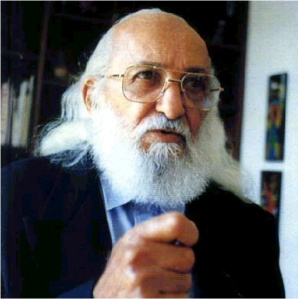
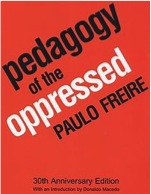
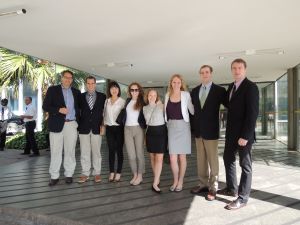
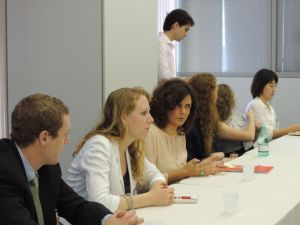
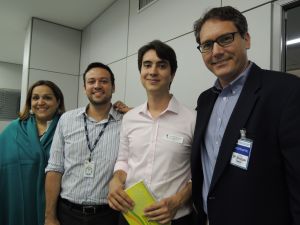
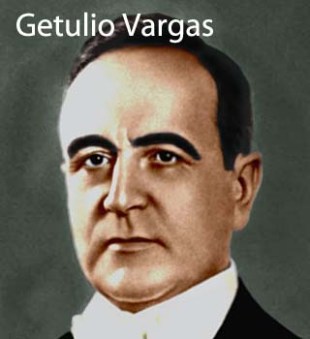

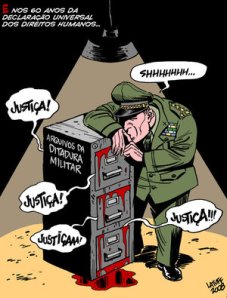
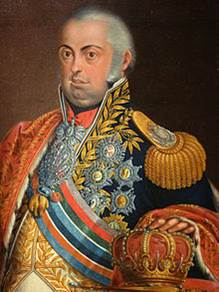
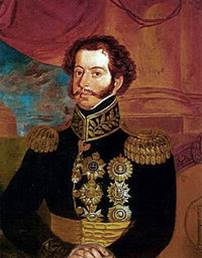
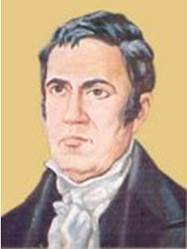
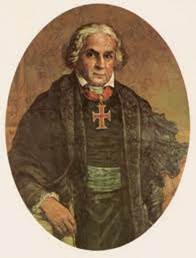
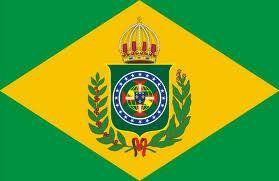
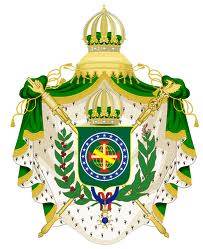
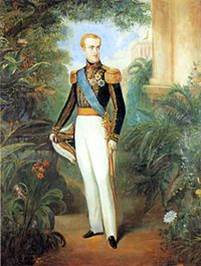
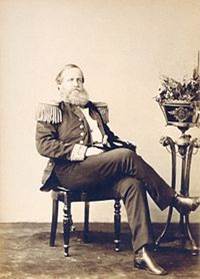

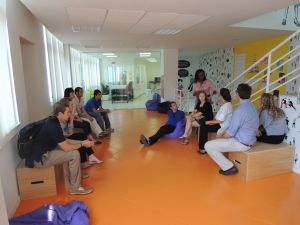
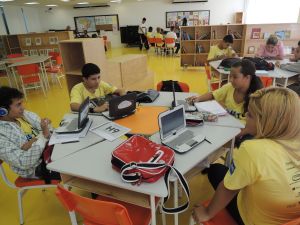
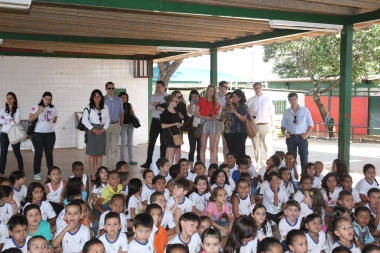
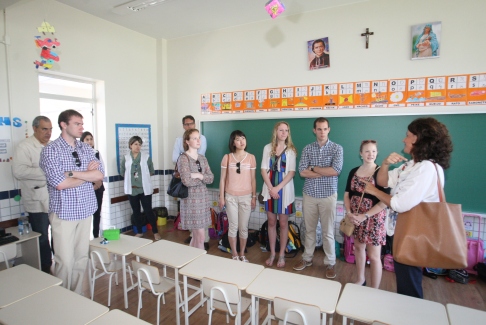
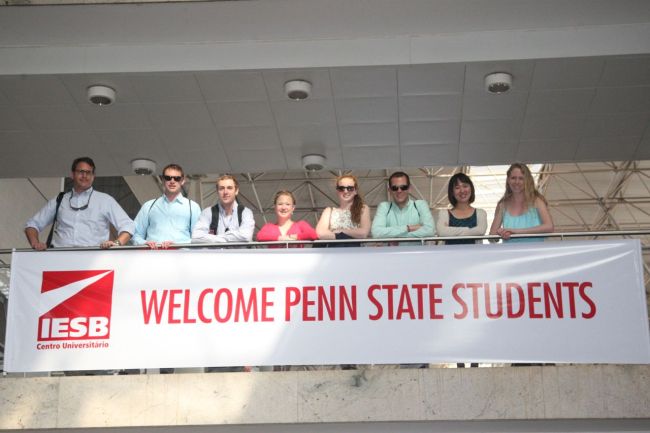
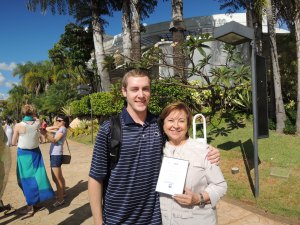

 Machado de Assis
Machado de Assis
 Pele
Pele